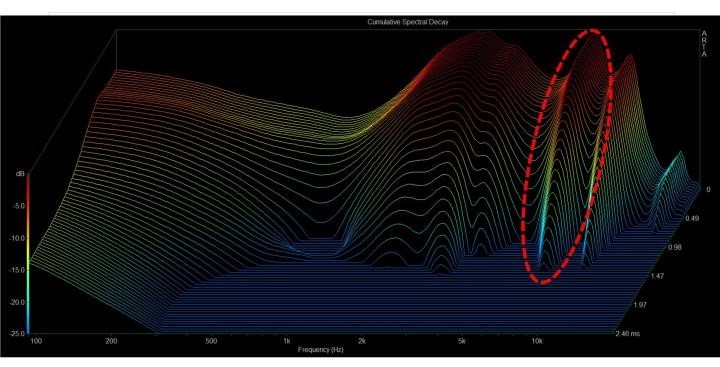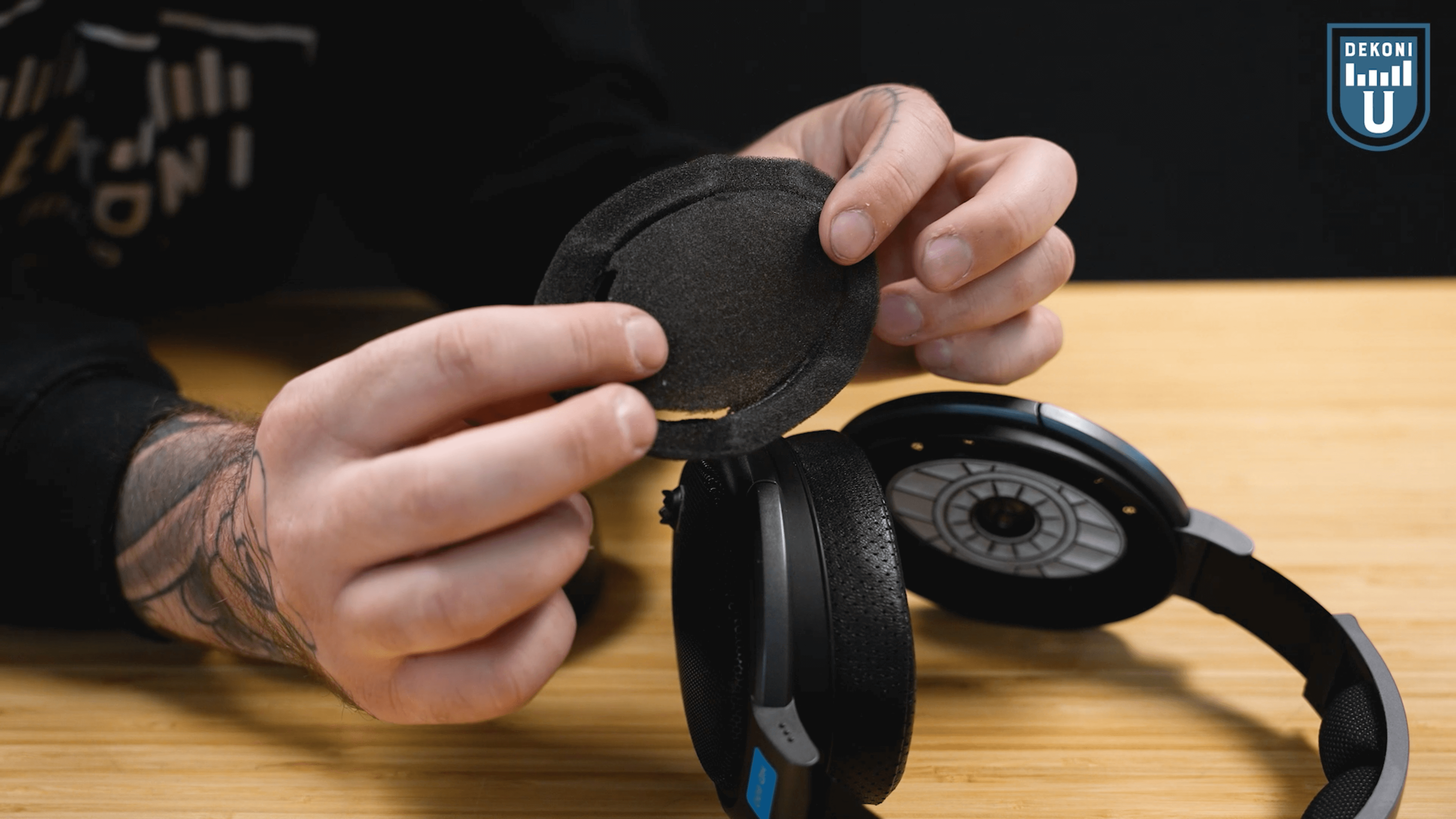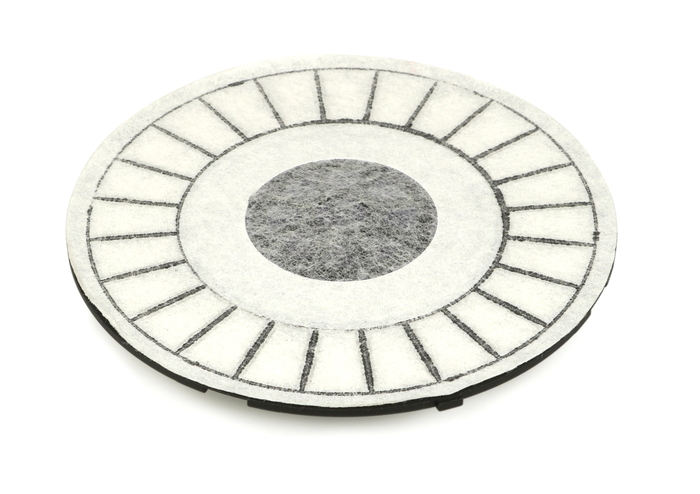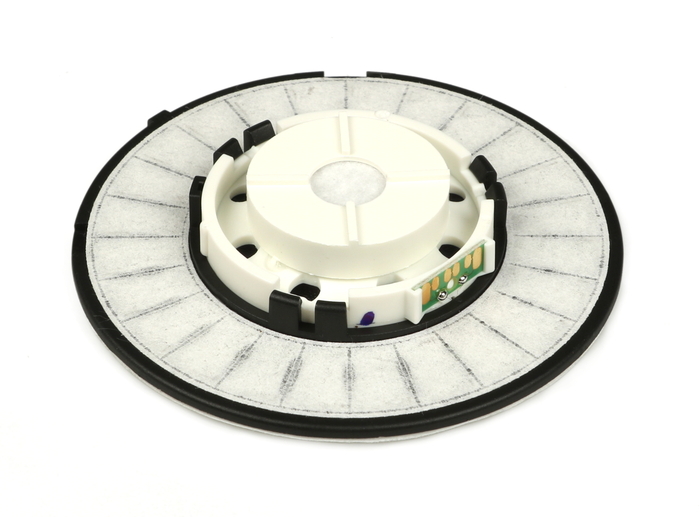I tried this EQ setting today. 250 Hz; Q=0.5 and -2 db. (Thanks to rainy weather ) Observe: I used this EQ settings in combination with @solderdude’s suggested felt mod. My conclusion: If there is any distortion/resonances to reduce, then I can’t tell if this makes a difference. The only difference I noticed was that the bass got weaker. I listened to some well recorded bass heavy rock and the difference was clearly weaker bass. The difference was obvious. With aucoustic jazz (Miled Davis ”Kind of Blue”) the bass was not that full as without EQ. It was like the bass was thinner. However, If I had not done an A/B test I am not sure if I had noticed the difference. The difference was not that obvious as in the bass heavy rock example. Can’t say I noticed any imrovements related to what could be less resonances. But then again, I avoid high volume levels. If I was going to use EQ I clearly prefer this EQ settings compared to amirms bass modification, as I think the later compleatly changes this headphones character. This modifikation mostly preserves the overal character.If I were to filter it would be 250Hz (Q=0.5 to 1.0) -2 to -3dB but don't think it is essential as it removes some of the warmth/fullness.
Treble needs to be lowered but this is better done with felt/toiletpaper than EQ.
Last edited:

